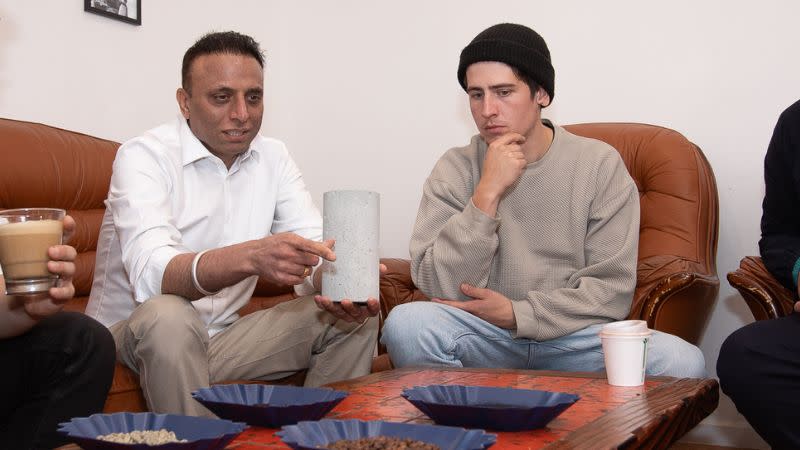
NOMINATIONS CLOSE SEPTEMBER 12 RECOGNISING THE INDIVIDUALS BEHIND THE PROJECTS
NOMINATIONS CLOSING SEPTEMBER 12 URBAN LEADER AWARDS
Resources
Newsletter
Stay up to date and with the latest news, projects, deals and features.
Subscribe
Engineers found a way to make concrete 30 per cent stronger and get more out of their cup of coffee.
A study by researchers at RMIT University has found a way to turn coffee grounds into biochar to replace a portion of the sand used to make concrete.
It is the latest in a list of hybrid concrete technology including using lobsters and rubber tyres to tackle the war on waste.
Australia generated 75 million kilograms of ground coffee waste every year while globally 10 billion tonnes were generated. The vast majority goes to landfill.
Meanwhile, 50 billion tonnes of natural sand is used in construction projects globally each year.
Lead report author Rajeev Roychand said the team had developed a technique using a low-energy process without oxygen at 350C.
“The inspiration for our work was to find an innovative way of using the large amounts of coffee waste in construction projects rather than going to landfills—to give coffee a ‘double shot’ at life,” Roychand said.
“Several councils that are battling with the disposal of organic waste have shown interest in our work.
“They have already engaged us for their upcoming infrastructure projects incorporating pyrolysed forms of different organic wastes.”

Joint lead author Shannon Kilmartin-Lynch said that from an Indigenous perspective they were inspired to care for country and create a sustainable life cycle for the product.
“The concrete industry has the potential to contribute significantly to increasing the recycling of organic waste such as used coffee,” Kilmartin-Lynch said.
“Our research is in the early stages, but these exciting findings offer an innovative way to greatly reduce the amount of organic waste that goes to landfill.”
The researchers plan to develop practical implementation strategies and work towards field trials. The team is keen to collaborate with various industries to develop their research.
It comes on the heels of researchers from the University of Kitakyushu in Japan have developing a low-carbon concrete that uses shredded nappies as a sand replacement.
A study, published in the journal Scientific Reports, said that tests had revealed that concrete with up to 10 per cent of the fine aggregates replaced by shredded used nappies could achieve a compressive strength of 20 to 25MPa, appropriate for a three-storey house, according to building standards in some countries.
Furthermore, replacing 10 to 19 per cent of sand with waste nappies was suitable to build a two-storey house, and replacing 19 to 27 per cent was suitable to build a single-storey house.